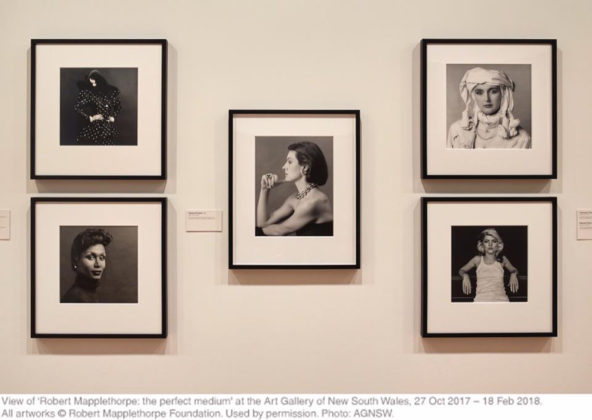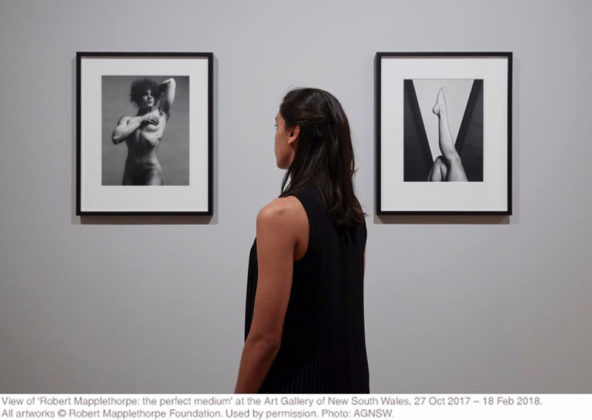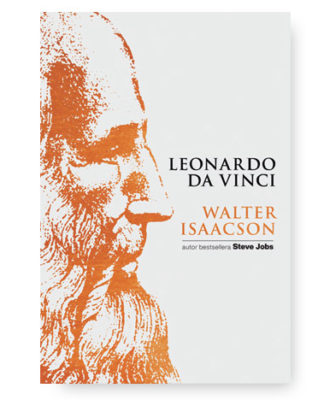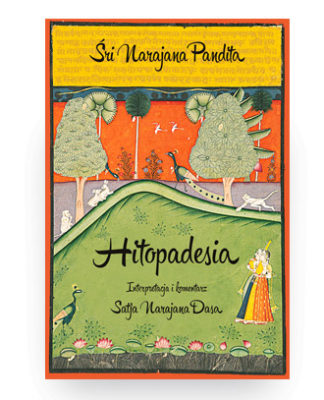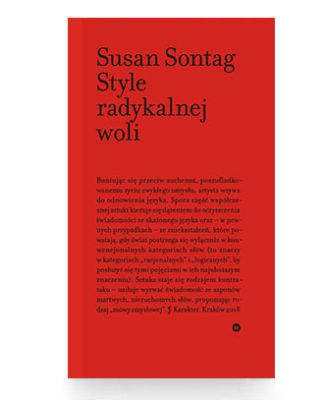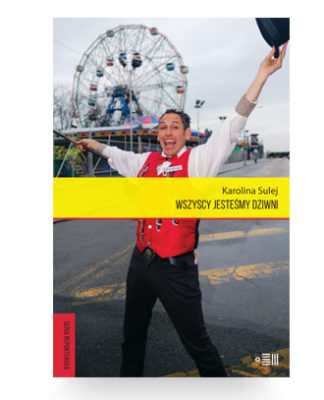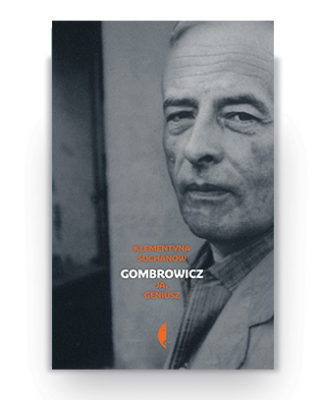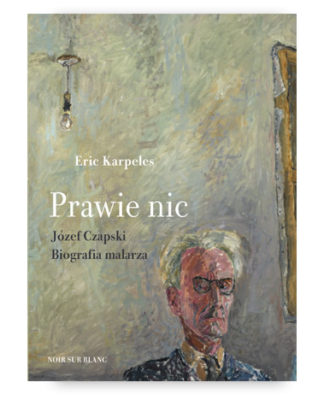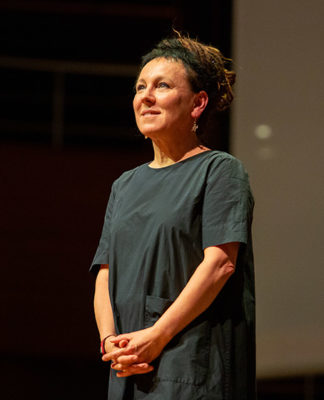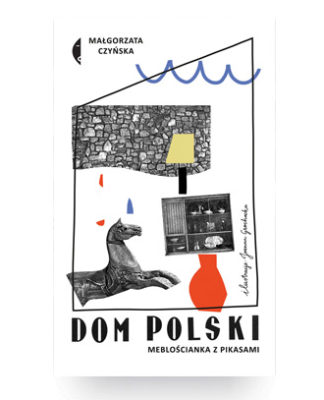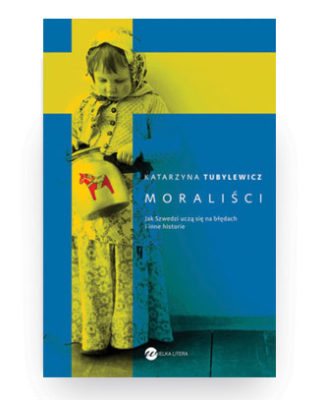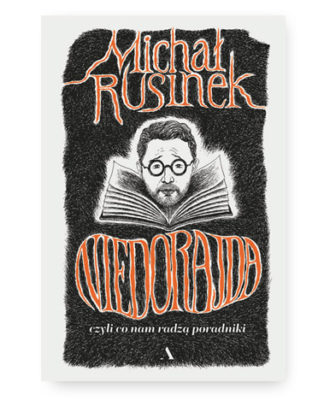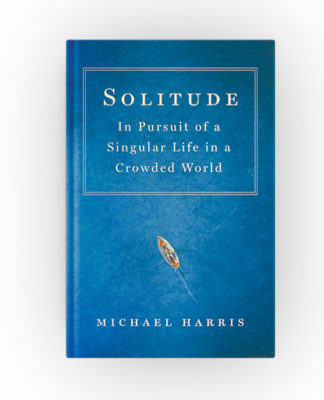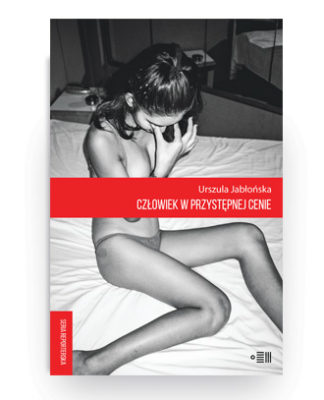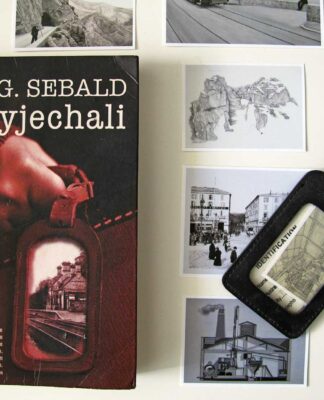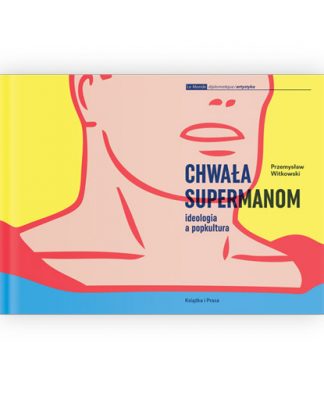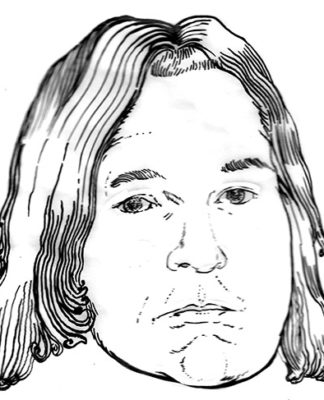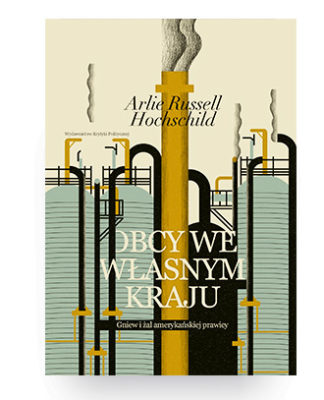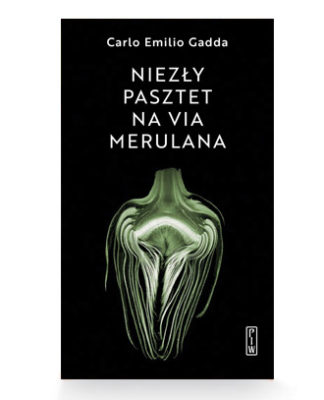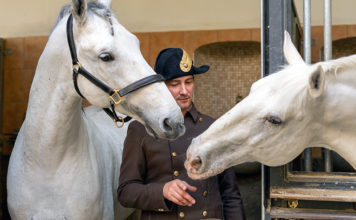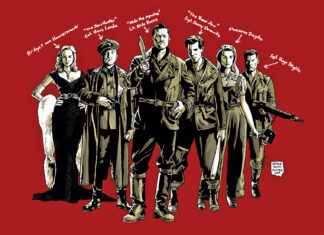🇵🇱 Część 4: Sztuka sztuczności
Tekst: Jansson J. Antmann w rozmowie z Isobel Parker Philip
Kiedy Mapplethorpe zajął się fotografią, szybko ustalił swój styl. Kuratorka fotografii w Galerii Sztuki Nowej Południowej Walii w Sydney, Isobel Parker Philip zwraca uwagę, że od samego początku jego zdjęcia miały „powściągliwą i wyrafinowaną kompozycję, pozbawioną obrazowego szumu i wszystkiego, co odciągałoby uwagę od figury”. Nie zaprzeczają też jego katolickiemu wychowaniu. Pokazane na wystawie portrety jego autorstwa wyglądają jak religijne ikony w rosyjskiej cerkwi, pokrywając każdy centymetr kwadratowy ściany i wspinając się ku niebu.
Patti Smith była pierwszą muzą Mapplethorpe’a, a jej portrety należą do jego najbardziej znanych dzieł. Parker Philip mówi: „W tych portretach można zobaczyć, w jaki sposób Mapplethorpe wzmacnia jej męskie cechy i gra z dwupłciowością, ale my sami także zaczynamy dostrzegać, jak artysta staje się świadomy zdolności aparatu do tworzenia publicznego wizerunku”. To było coś, czym podzielił się z Warholem. Obaj kryli się za wymyślonymi osobmi publicznymi poprzez przebieranie się i fotografowanie. Parker Philip mówi: „Mapplethorpe i Warhol znali się, a Mapplethorpe go ubóstwiał. Gdy Mapplethorpe stawał się coraz bardziej sławny, to bałwochwalstwo przeszło w swoistą przyjazną rywalizację”.
Kolejna muza Mapplethorpe’a ucieleśniała wszystkie rzeczy, którymi był zafascynowany. Lisa Lyons była pierwszą mistrzynią świata w kulturystyce. Co więcej, łączyła fizyczną doskonałość z umiejętnością zmiany swojego wizerunku niczym kameleon. Parker Philip opowiada: „Widzimy ją albo jawnie kobiecą, albo nieco męską. Pojawia się w różnych przebraniach – w strojach haute couture, jako domina, czy na siłowni – uległa i giętka. Podobnie jak w przypadku Patti Smith, Mapplethorpe wykorzystał Lyons jako szyfr do obalenia stereotypów związanych z płcią. Stała się jego najbardziej fotografowaną modelką. Na tych zdjęciach widzimy rozumienie ludzkiego ciała przez Mapplethorpe’a jako coś, czym można zmanipulować. To zapowiedź jego późniejszych studiów figuralnych, które koncentrują się na ciele jako obiekcie rzeźbiarskim”. W swojej pogoni za doskonałością, Mapplethorpe zaczął segmentować ciało i śledzić jego kontury za pomocą światła w znacznie bardziej wyrazisty sposób niż przedtem. Grał napięciem między przedmiotami ożywionymi i nieożywionymi, pozostawiając nam niepewność co do tego, czy patrzymy na żywy model czy na rzeźbę.

🇬🇧 Part 4: The art of artifice
When Mapplethorpe took up photography, he quickly established his signature style. Curator of photography at the Art Gallery of New South Wales in Sydney, Isobel Parker Philip points out that from the outset, his photographs had „a restrained and refined composition. They were devoid of pictorial noise and anything that would distract from the figure.” Nor can they belie his Catholic upbringing. Clustered together in the exhibition, his portraits stare at you like religious icons in a Russian Orthodox church, covering every square centimeter of wall as they climb up to the heavens.
Patti Smith was Mapplethorpe’s first muse and her portraits are amongst his most iconic works. Parker Philip says, „In the portraits of Smith, we not only see how Mapplethorpe amplifies her androgyny and plays up the subversion of gender binaries, but we also begin to see how cognizant he is of the camera’s ability to create a public persona.” This was something he shared with Warhol and both presented contrived public images of themselves through dressing up and photography. Parker Philip says, „Mapplethorpe and Warhol knew each other. Mapplethorpe idolized him. As Mapplethorpe became more and more famous, that idolatry shifted to a kind of friendly rivalry.”
Mapplethorpe’s next muse would come to embody all the things he was fascinated by. Lisa Lyons was an athlete and the first female bodybuilding champion in the world. What’s more, she coupled physical perfection with a chameleon-like ability to change her image. Parker Philip says, “We see her either overtly feminine or somewhat masculine. She appears in different guises – in haute couture, as a dominatrix, at the gym – a malleable persona. As with Patti Smith, Mapplethorpe used Lyons as a cipher to subvert gender stereotypes and she would become his most photographed model. In his photographs of Lyons, we can see Mapplethorpe’s understanding of the human body as something which can be manipulated and this prefaces his later figure studies which focused on the body as a sculptural object.” In his pursuit of perfection, Mapplethorpe began to segment the body and trace its contours by using light in a much more emphatic way than he had before. He played with the tension between animate and inanimate objects, leaving us unsure as to whether we are looking at a live model or a sculpture.
Text: Jansson J. Antmann in conversation with Isobel Parker Philip
https://www.artgallery.nsw.gov.au/exhi…/robert-mapplethorpe/
🇵🇱 Wystawa ‘Robert Mapplethorpe: the perfect medium’ jest organizowana przez Los Angeles County Museum of Art i Muzeum J Paul Getty we współpracy z Fundacją Roberta Mapplethorpe’a i Galerią Sztuki Nowej Południowej Walii.
🇬🇧 The exhibition ‘Robert Mapplethorpe: the perfect medium’ is organised by the Los Angeles County Museum of Art and J Paul Getty Museum, in collaboration with the Robert Mapplethorpe Foundation and the Art Gallery of NSW.























